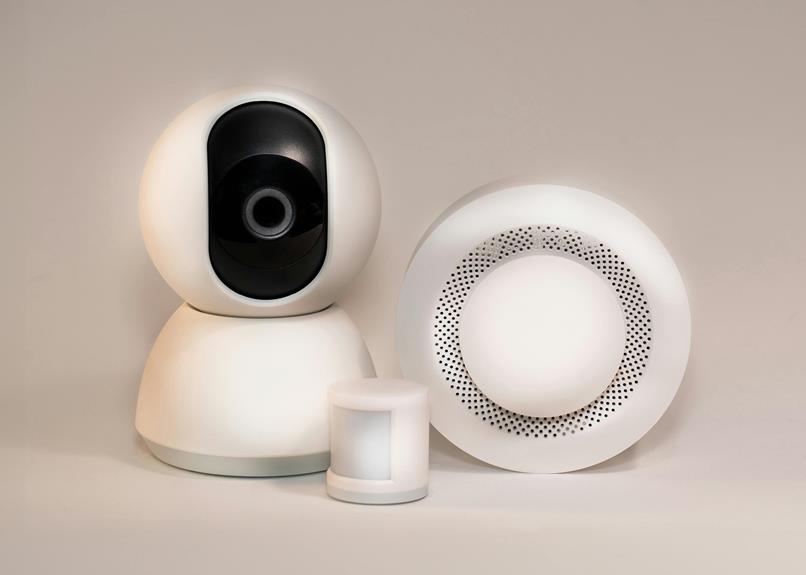
When considering a home theater sound system, you should focus on elements like speaker configuration, audio quality, connectivity options, and room acoustics. These factors play a crucial role in creating an immersive audio environment that complements your viewing experience. By carefully selecting a sound system that addresses these key aspects, you can elevate your home entertainment setup to new heights of audio excellence.
Speaker Configuration
When setting up your home theater sound system, ensure the speaker configuration complements the layout of your room for optimal audio experience. The placement of speakers plays a crucial role in delivering immersive sound. Start by positioning the center speaker either above or below the TV at ear level to ensure clear dialogue. Place the front left and right speakers at equal distances from the center speaker for balanced sound staging. Additionally, consider angling them slightly towards the viewing area for enhanced audio dispersion.
For the surround speakers, position them to the sides or slightly behind your viewing area to create a enveloping sound field. Make sure they're elevated above ear level to prevent localized sound effects. If you have rear speakers, place them behind the seating area facing forward to enhance rear effects.
Audio Quality
To enhance your home theater experience, prioritize the audio quality of your sound system components. When selecting a home theater sound system, focus on speakers that offer clear, crisp sound with a wide frequency range. Look for speakers that can reproduce both high and low frequencies accurately to ensure a rich and immersive audio experience. Pay attention to the power rating of the speakers as well, as higher wattage typically translates to louder and more dynamic sound.
In addition to speakers, consider investing in a high-quality audio receiver or amplifier to drive your sound system. A good receiver can enhance the overall audio quality by providing sufficient power and processing capabilities. Look for receivers that support the latest audio formats like Dolby Atmos or DTS:X for a more cinematic sound experience.
Lastly, don't overlook the importance of speaker placement and room acoustics in achieving optimal audio quality. Proper placement of speakers and consideration of room characteristics can significantly impact the sound quality in your home theater.
Connectivity Options
Consider the various connectivity options available for your home theater sound system to ensure seamless integration with your audio and video devices. When selecting a sound system, opt for one that offers multiple input options such as HDMI, optical, and Bluetooth.
HDMI connections provide high-quality audio and video transmission through a single cable, perfect for connecting to your TV or media player. Optical inputs are ideal for devices like gaming consoles or Blu-ray players that support this type of connection. Bluetooth connectivity allows wireless streaming from your smartphone or tablet, offering convenience and flexibility in playback.
Additionally, look for sound systems with USB ports for easy access to music stored on external drives or USB sticks. Some systems also feature Wi-Fi connectivity, enabling access to online streaming services and networked devices. Ensure the sound system you choose has the necessary outputs to connect to your existing speakers or subwoofer for a complete home theater setup.
Room Acoustics
For optimal sound quality in your home theater, assess the room acoustics to enhance your audio experience. The layout and materials in your room can significantly impact how sound waves travel and are perceived.
Start by considering the size of your room; larger spaces tend to have more reverb, while smaller rooms may cause sound to be absorbed too quickly. To combat this, balance is key. Introducing soft furnishings like rugs, curtains, or even wall panels can help dampen excessive echoes and create a more balanced sound environment.
Additionally, be mindful of hard surfaces such as bare walls and floors, as they can cause sound to bounce around, leading to distortion or uneven audio. Experiment with speaker placement to find the optimal position that minimizes reflections and maximizes sound clarity.




